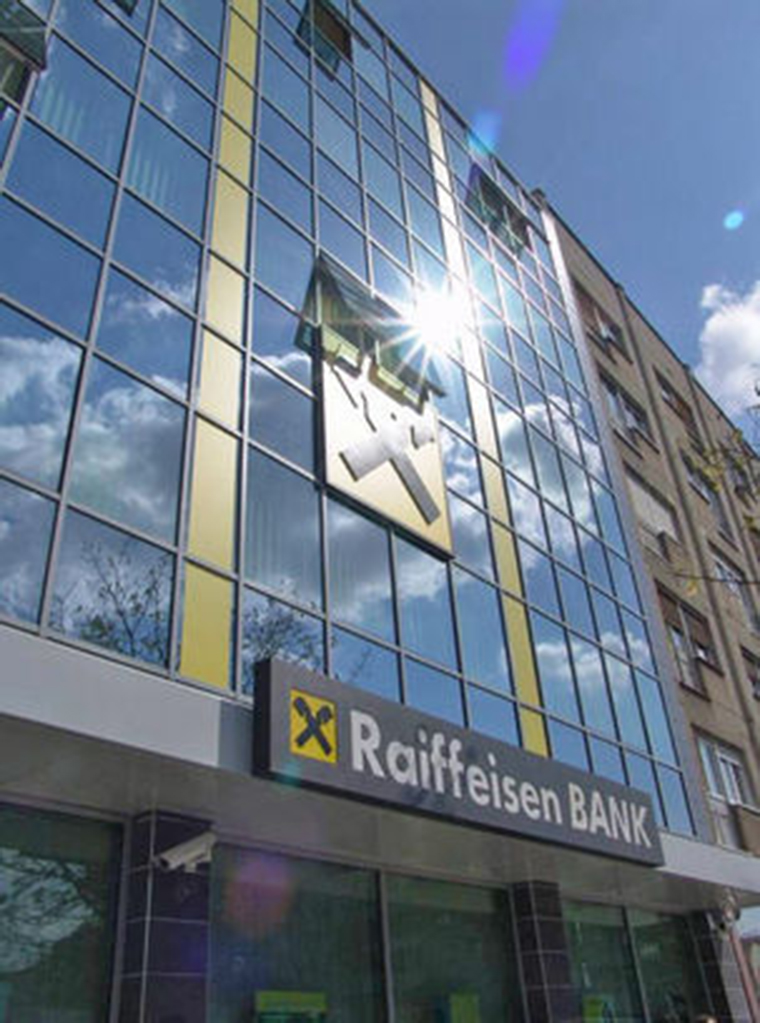Published: January 10, 2013
Downward GDP revisions are countered slightly by lower consumer prices.
The Eurozone downturn has begun to have a marked impact on the countries of Central and Eastern Europe (CEE), according to Raiffeissen Bank's (RBI) regional strategy report for Q1 2013.
Weak domestic demand in the Czech Republic, Hungary, Romania and Croatia, and the failure of harvests across region, led to reduced GDP growth in H2 2012. Poland and Slovakia, which had seen robust gains, also saw the effects of the Eurozone slowdown in their Q3 GDP results. Consequently, the bank has lowered GDP growth forecasts for all countries in the region, chief-analyst Peter Brezinschek has said.
Whereas Eurozone woes initially only impacted the countries of Southern and Eastern Europe, the circuitous route of net exports has dragged Central Europe into the mire. Russia has been least affected, as a boom in consumer borrowing is propping up consumption. RBI expects Russia to experience 3%-plus growth in 2013, the CEE region to see 2.1% (down from 2.2% in 2012) and the Eurozone to see -0.1%, an improvement on -0.5% for last year.
On a promising note, most countries in the CEE region are expected to see reduced consumer prices, which could help boost spending.


